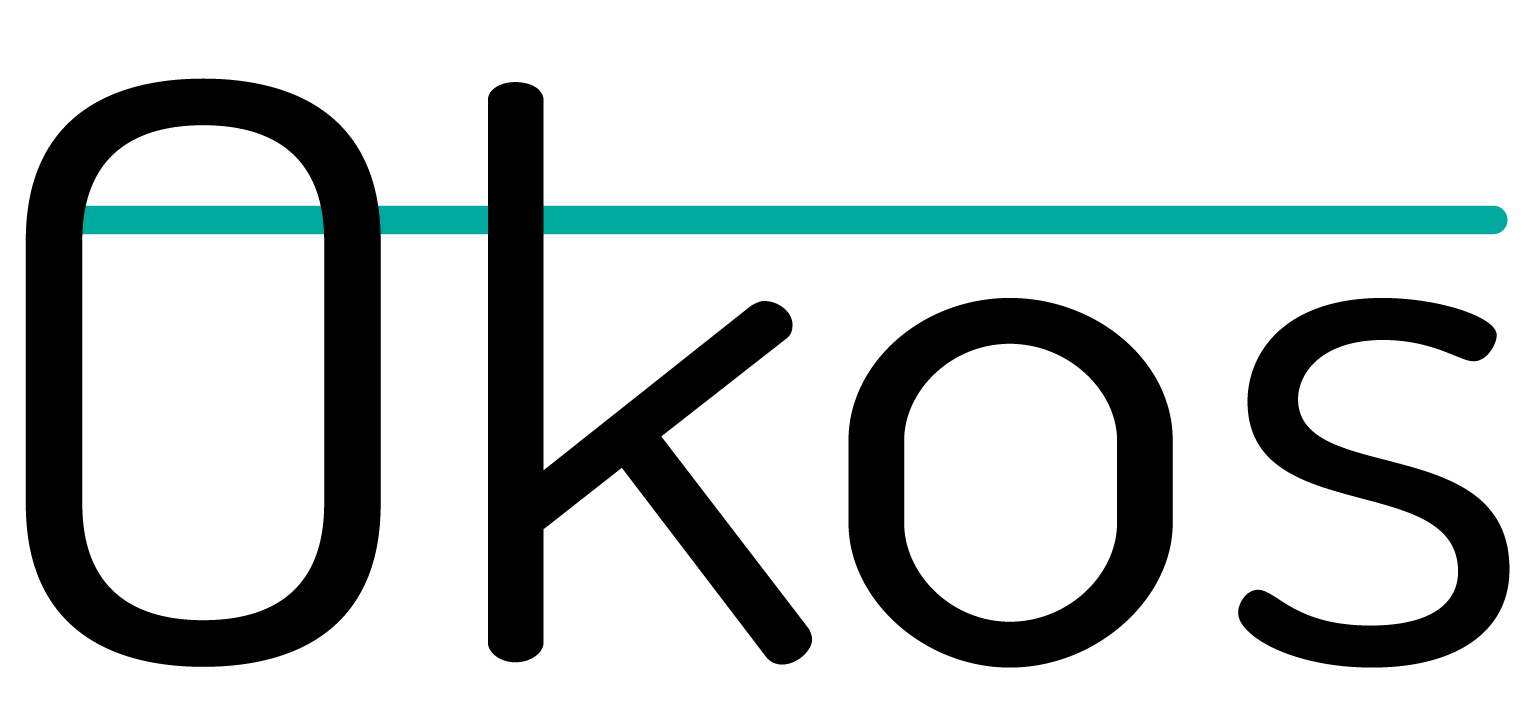Ray Rice
Director of Business Development, Okos Partners
 2021 is being called “the year of the quit.” According to the U.S. Bureau of Labor Statistics, more than 47 million workers quit their jobs between April and December 2021. Some people have actually retired, many have switched jobs—leaving low-wage industries like food services or low-level healthcare for higher pay—and millions more remain on the sidelines dealing with childcare issues or their own health concerns.
2021 is being called “the year of the quit.” According to the U.S. Bureau of Labor Statistics, more than 47 million workers quit their jobs between April and December 2021. Some people have actually retired, many have switched jobs—leaving low-wage industries like food services or low-level healthcare for higher pay—and millions more remain on the sidelines dealing with childcare issues or their own health concerns.
I’m not surprised at this migration. Employees have been sick and tired of being sick and tired for some time. They have wanted to jump the fence for years. A global poll conducted by Gallup has uncovered that out of the world’s one billion full-time workers, only 15% of people are engaged at work. That means that an astronomical 85% of people are unhappy in their jobs. For unhappy and underemployed workers, a strong job market is just what the doctor ordered.
Those millions of workers on the sidelines will eventually re-enter after taking a break and mentally healing from many years of running solo in the rat race. But, when they do, they’ll quickly learn that they are no longer on their own, it’s a team sport now—whether working remotely or in the office. The mental well-being and productivity of teams is more important than ever before. This re-entry group will be most attracted to employers who have adapted to 21st-century workforce development practices—what I call Workforce Development 2.0.
Changing the way we recruit, train, and retain workers
Traditional workforce development has three key ingredients: recruiting, training, and retaining employees for today and the future. Although much of the responsibility still rests on the shoulders of the HR department, the world has changed. What we now know about recruiting, training, and retaining employees has changed along with it. What most companies have done in the past doesn’t work anymore. There is a chronic shortage of workers, and the workers who are working are demanding more. They have options that they didn’t have before.
For C-level executives, it is time to step up and make change happen. They must improve how they run their companies including who and how people are recruited, trained, retained, and promoted. A strong first step is to dedicate resources to focus on high retention practices, Diversity, Equality, and Inclusion (DEI) measures, and overall employee satisfaction. The leaders who ignore these actions—and there are many who will—will find success that much harder to come by. Those re-entering the workforce, young workers in particular, will gravitate to the handful of companies run by executives that want to and will do better.
The importance of diversity
DEI plays an important role in Workforce Development 2.0. In the old days, C-suite executives didn’t make an honest commitment to a diverse workforce—because they didn’t have to—and at the same time, workers weren’t demanding accountability. But from today’s labor market there’s a groundswell of passion around diversity and inclusion that caught fire after a series of racial events over the past two years. Improving DEI best practices has become a critical component in helping today’s leaders successfully attract, train, and retain employees.
How can a company put Workforce Development 2.0 into practice?
- Deploy assessments to identify the gaps in attitudes and practices to address the “frozen middle” of the organization where nothing changes.
- Commit to leadership development and coaching that breaks the frozen middle, changes old ways of working, and re-engineers the organization’s commitments to the teams, and the team members’ commitments to each other.
- Integrate Diversity, Equity, and Inclusion programs into the fabric of everyday team- and leadership-level operations and decision-making.
Keeping talent is different from attracting and hiring talent. Fierce competition and expensive turnover make it increasingly challenging to retain workers. Workforce Development 2.0 forces companies to break apart, re-think, measure, upload, and integrate new best practices.
It’s up to corporate leadership to demonstrate that they prioritize DEI, employee retention, wellness, and most of all, show the organization that they truly care.
It’s time to implement Workforce Development 2.0.










